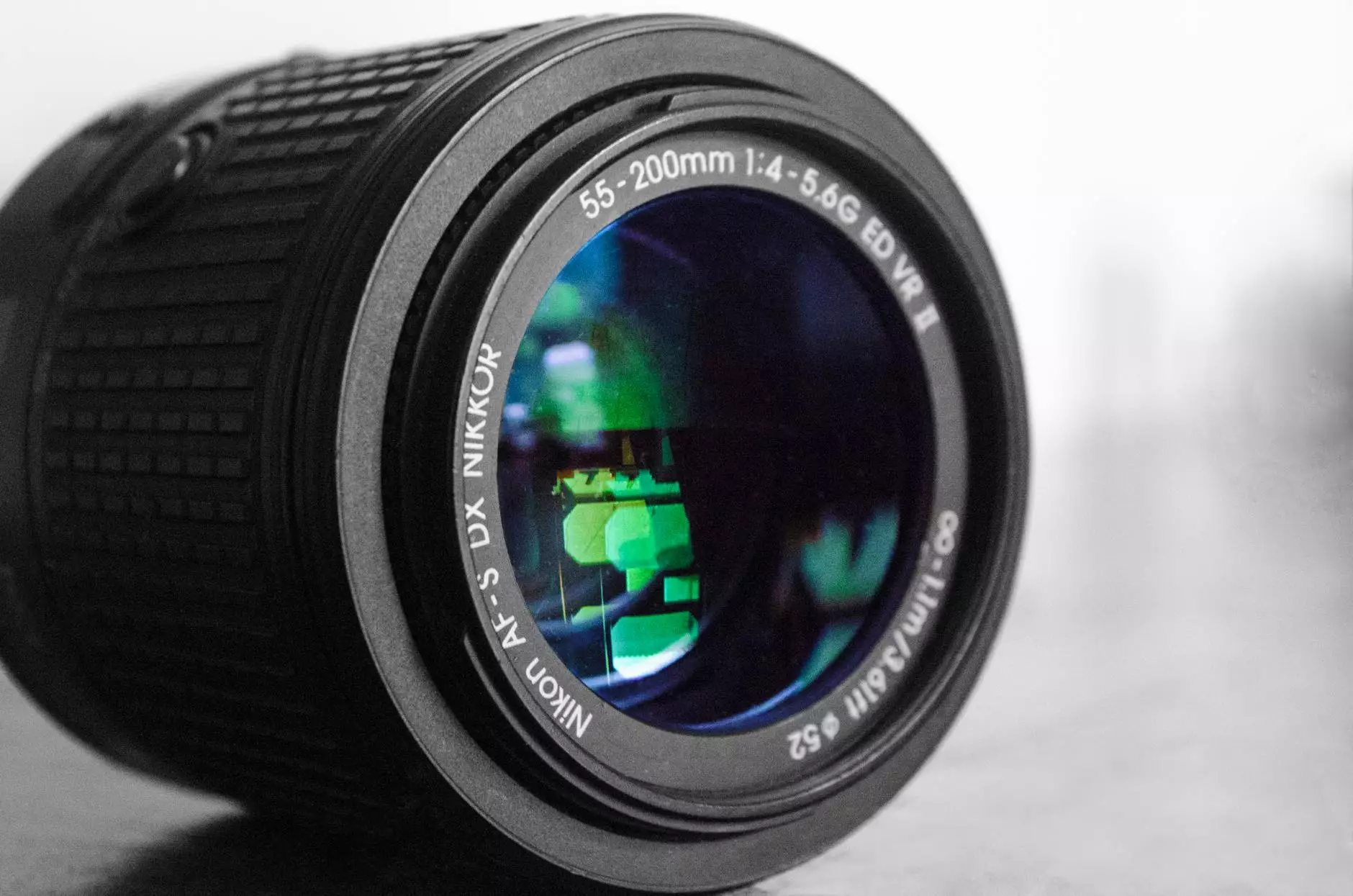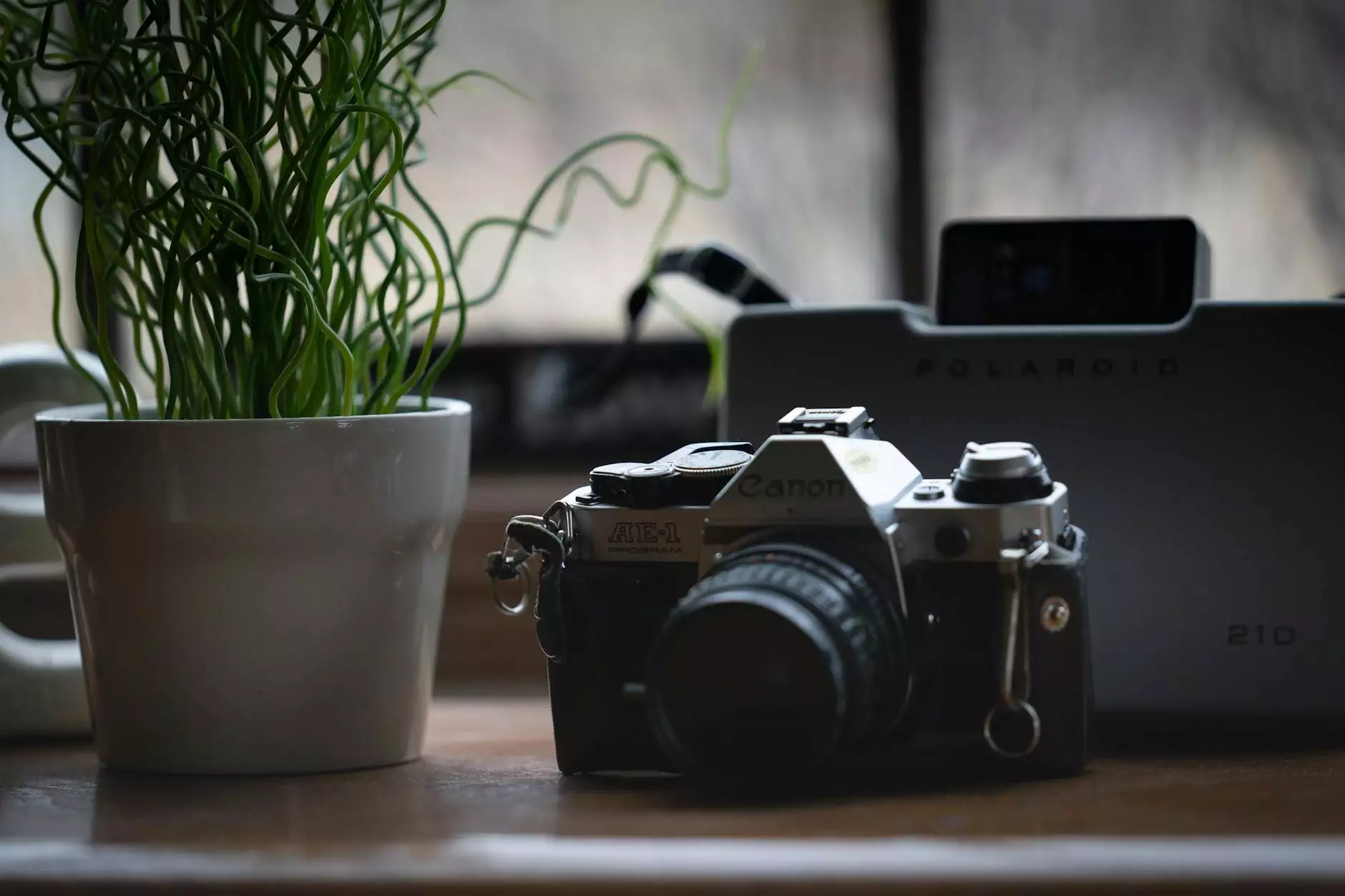Camera Lens Buying Guide
Products
Introduction
Welcome to the Camera Lens Buying Guide by Cormon Cable and Distribution Inc. As experts in the field of business and consumer services, we understand the importance of choosing the right camera lens to enhance your photography experience. This comprehensive guide aims to provide you with valuable insights, tips, and recommendations to help you make an informed decision when purchasing a camera lens.
Understanding Camera Lenses
Camera lenses are crucial components of any photography setup. They determine the image quality, focal length, aperture, and overall performance of your photographs. To choose the perfect lens, it is important to understand the key factors that contribute to their functionality.
Focal Length
Focal length dictates the field of view and magnification capabilities of a lens. Wide-angle lenses have shorter focal lengths, capturing a broader perspective, while telephoto lenses have longer focal lengths, enabling you to zoom in on distant subjects. Prime lenses have fixed focal lengths, offering superior image quality, while zoom lenses provide versatility through adjustable focal lengths.
Aperture
The aperture refers to the size of the lens' opening through which light enters the camera. It affects both the amount of light reaching the image sensor and the depth of field in your photos. Wider apertures (lower f-stop numbers) allow more light and create a shallow depth of field, ideal for portraits or low-light situations. Narrower apertures (higher f-stop numbers) let less light in but result in greater depth of field, suitable for landscape photography.
Image Stabilization
Image stabilization technology compensates for camera shake, reducing the risk of blurred images, especially in low-light conditions or when using telephoto lenses. Optical Image Stabilization (OIS) and In-body Image Stabilization (IBIS) are the two common types. OIS is built into the lens, while IBIS resides within the camera body itself, offering stabilization for any lens attached to it.
Autofocus
Autofocus systems vary between lenses and impact the speed and accuracy of focusing on subjects. Look for lenses with fast and reliable autofocus mechanisms, especially if you shoot dynamic subjects or engage in sports photography.
Types of Camera Lenses
Camera lenses come in various types, each designed for specific photography genres or purposes. Understanding the different lens categories can help you narrow down your options and select the most suitable lens for your needs.
Standard Lenses
Standard lenses, often called "normal" lenses, closely resemble the human eye in terms of perspective and angle of view. They provide versatile focal lengths suitable for everyday photography scenarios with a natural look and minimal distortion. Standard lenses are commonly used for street photography, portraits, and general-use photography.
Wide-Angle Lenses
Wide-angle lenses have shorter focal lengths, allowing for wider perspectives and larger areas to be captured in a single frame. They are ideal for landscape photography, architecture, interior shots, and creative perspectives. Wide-angle lenses can produce a sense of depth and proximity, creating visually compelling images.
Telephoto Lenses
Telephoto lenses have long focal lengths and provide significant magnification capabilities, allowing you to capture subjects that are far away. They are commonly used in wildlife photography, sports events, and situations where getting physically close to the subject is challenging or undesirable. Telephoto lenses can compress the distance between objects, resulting in stunning background blur.
Macro Lenses
Macro lenses are designed for close-up photography, allowing you to capture intricate details and small subjects with excellent clarity. They are popular among nature photographers, product photographers, and anyone interested in capturing the finer details of their subject. Macro lenses offer life-size magnification ratios and superb optical performance in close-up scenarios.
Fisheye Lenses
Fisheye lenses create a distinctive visual effect by providing an extremely wide-angle of view, often reaching 180 degrees or more. They produce a barrel distortion, resulting in curved, exaggerated perspectives. Fisheye lenses are commonly used in artistic photography, architecture, and unique creative expressions.
Tips for Buying a Camera Lens
When purchasing a camera lens, it is essential to consider your specific photography needs and budget. Here are some helpful tips to guide you in making a well-informed decision:
- Identify your primary photography genre or purpose. Determine whether you need a lens for landscape, portraits, wildlife, macro, or other specialized photography.
- Research and familiarize yourself with different lens options available in the market that suit your requirements.
- Take into account your camera's compatibility with different lens brands and mounts.
- Consider the lens' maximum aperture and its implications on low-light performance and depth of field.
- Evaluate the size, weight, and portability of the lens, especially if you frequently shoot on-the-go.
- Read reviews and user experiences to gain insights into the lens' image quality, build, and overall performance.
- Compare prices and analyze the features offered by different lens models within your budget range.
- Visit your local camera store to try out different lenses and assess their ergonomics and feel.
- Don't hesitate to seek expert advice or recommendations from experienced photographers or professionals in the field.
Conclusion
Choosing the right camera lens is paramount for capturing stunning photographs that meet your creative vision. By understanding the fundamental aspects of camera lenses, exploring the various types available, and following our helpful tips, you can confidently select the perfect lens to elevate your photography skills. At Cormon Cable and Distribution Inc., we strive to provide you with the knowledge and resources to make informed choices when it comes to photography gear. Happy shooting!
© 2022 Cormon Cable and Distribution Inc. | Business and Consumer Services










